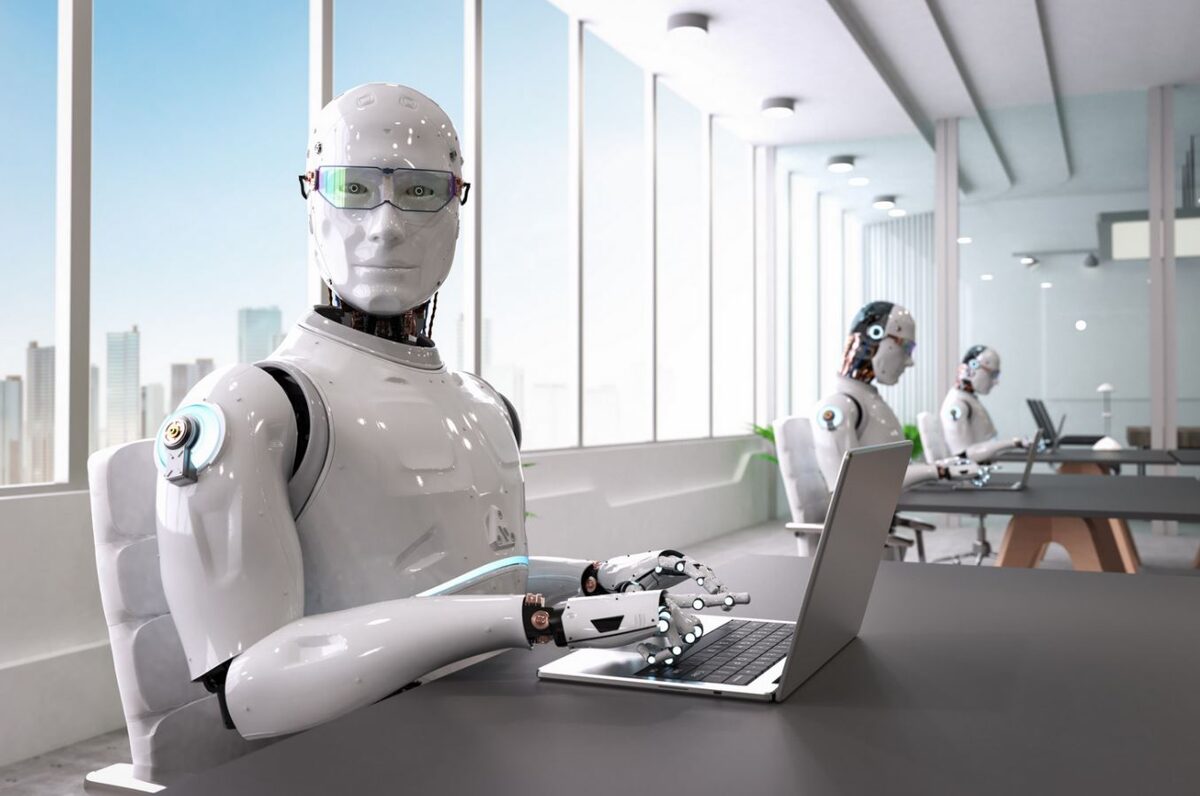The Future of Robotics
Intelligent Machines Are Redefining Work and Society

Robotics has always captured the human imagination. From the earliest science fiction stories to industrial automation, the idea of machines performing complex tasks has fascinated innovators and everyday people alike. Today, robotics is no longer a futuristic dream. It is a reality that is transforming industries, reshaping economies, and influencing how humans interact with technology.
From Assembly Lines to Intelligent Systems
The first wave of robotics focused on automating repetitive tasks in manufacturing. These machines were rigid, programmed to perform a single function with precision. They revolutionized production by improving speed and reducing human error, but their capabilities were limited.
Modern robotics is different. Advances in artificial intelligence, machine learning, and sensor technologies have given rise to machines that can adapt, learn, and make decisions. Robots are no longer confined to factories. They operate in hospitals, warehouses, farms, and even homes. This shift represents a new era where robots collaborate with humans rather than simply replacing them.
Applications Across Industries
Healthcare
Robotic systems are making significant contributions to healthcare. Surgical robots allow doctors to perform complex procedures with enhanced precision and minimal invasiveness. Rehabilitation robots help patients recover mobility after injuries, while telepresence robots enable doctors to provide remote consultations in areas with limited access to medical professionals.
Logistics and Warehousing
The rise of e-commerce has fueled demand for faster, more efficient supply chains. Robots equipped with computer vision and AI algorithms now manage inventory, pick and pack products, and navigate warehouse environments autonomously. These innovations reduce operational costs and improve delivery times, setting new standards for the industry.
Agriculture
Agricultural robots are addressing global food challenges by automating planting, irrigation, and harvesting. Equipped with sensors and AI, these machines monitor soil conditions, detect pests, and optimize crop yields, making farming more sustainable and less labor-intensive.
Domestic Assistance
Home robots are becoming increasingly popular for cleaning, security, and companionship. While still evolving, these devices demonstrate how robotics can enhance convenience and improve quality of life in everyday settings.
The Rise of Collaborative Robots
One of the most important trends in robotics is the development of collaborative robots, or cobots. Unlike traditional industrial robots that work in isolation, cobots are designed to operate alongside humans. They assist with tasks that require flexibility and problem-solving, allowing workers to focus on higher-value activities. This collaboration is redefining workplace dynamics, blending human creativity with machine precision.
Challenges in Robotics Adoption
Despite its potential, the widespread adoption of robotics faces several hurdles. Cost remains a major factor, particularly for small and medium-sized businesses. Advanced robots require significant investment in hardware, software, and integration.
Another challenge is workforce displacement. While robots create opportunities for new roles in programming, maintenance, and system design, they also replace jobs in traditional labor markets. This shift underscores the need for reskilling and education to prepare workers for a future where human-machine collaboration is the norm.
Ethics and safety are also key considerations. Ensuring that robots operate reliably in environments shared with humans requires strict standards and regulatory oversight. Additionally, as robots become more autonomous, questions about accountability and decision-making become increasingly complex.
The Future of Robotics
Looking ahead, robotics will become even more interconnected with other technologies. Integration with artificial intelligence will create systems that not only execute tasks but also predict needs and optimize performance. Advances in 5G and edge computing will allow robots to operate in real time with minimal latency, expanding their capabilities in fields such as autonomous vehicles and remote surgery.
The long-term vision includes robots that can learn through experience, adapt to new environments, and interact with humans in natural and intuitive ways. These machines will not just work for us but with us, creating opportunities that were previously unimaginable.
At BitPulse, we see robotics as one of the most transformative forces of the coming decades. Its impact will extend beyond economics, influencing culture, ethics, and even human identity. The question is not whether robots will become part of our lives, but how we will shape their role to ensure that technology serves humanity in meaningful and responsible ways.
